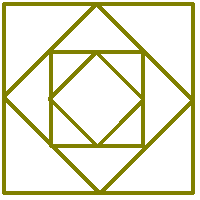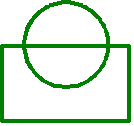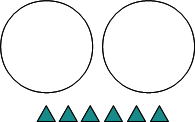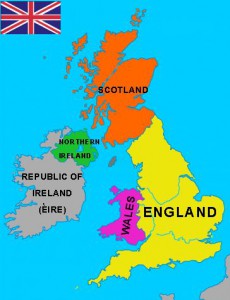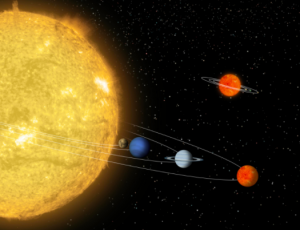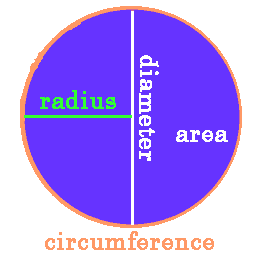I II III IV V VI VII VIII IX X
I just counted to ten can you believe it?! It doesn’t look like I did, because they are letters, but long ago that is how numbers looked liked. Numbers like that have a special names-Roman Numerals.
Spark your thinking!
1. Set up your early enrichment mini spark recording page: #22: Roman Numerals
3. We don’t use Roman Numerals often, but you can find them on clocks, in books, and even at the super bowl each year. Watch this video. The teacher give a sentence as a way of remembering the numbers. Pause the video and add that to your recording page.
4. Look at this chart. On your recording page write your age, your favorite number, and the number of students in your classroom.

5. Share your early enrichment mini spark recording page with your teacher or the EY coordinator in your building.
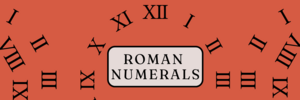
 Take Me out to the Ball Game! The baseball/softball season is upon us and what better way to prepare for the fun than by studying the ways in which math is used in these fine sports.
Take Me out to the Ball Game! The baseball/softball season is upon us and what better way to prepare for the fun than by studying the ways in which math is used in these fine sports. A flip book is a small booklet containing a sequence of images that gradually change from one page to the next. When the pages are turned quickly, they create the illusion of motion.
A flip book is a small booklet containing a sequence of images that gradually change from one page to the next. When the pages are turned quickly, they create the illusion of motion.